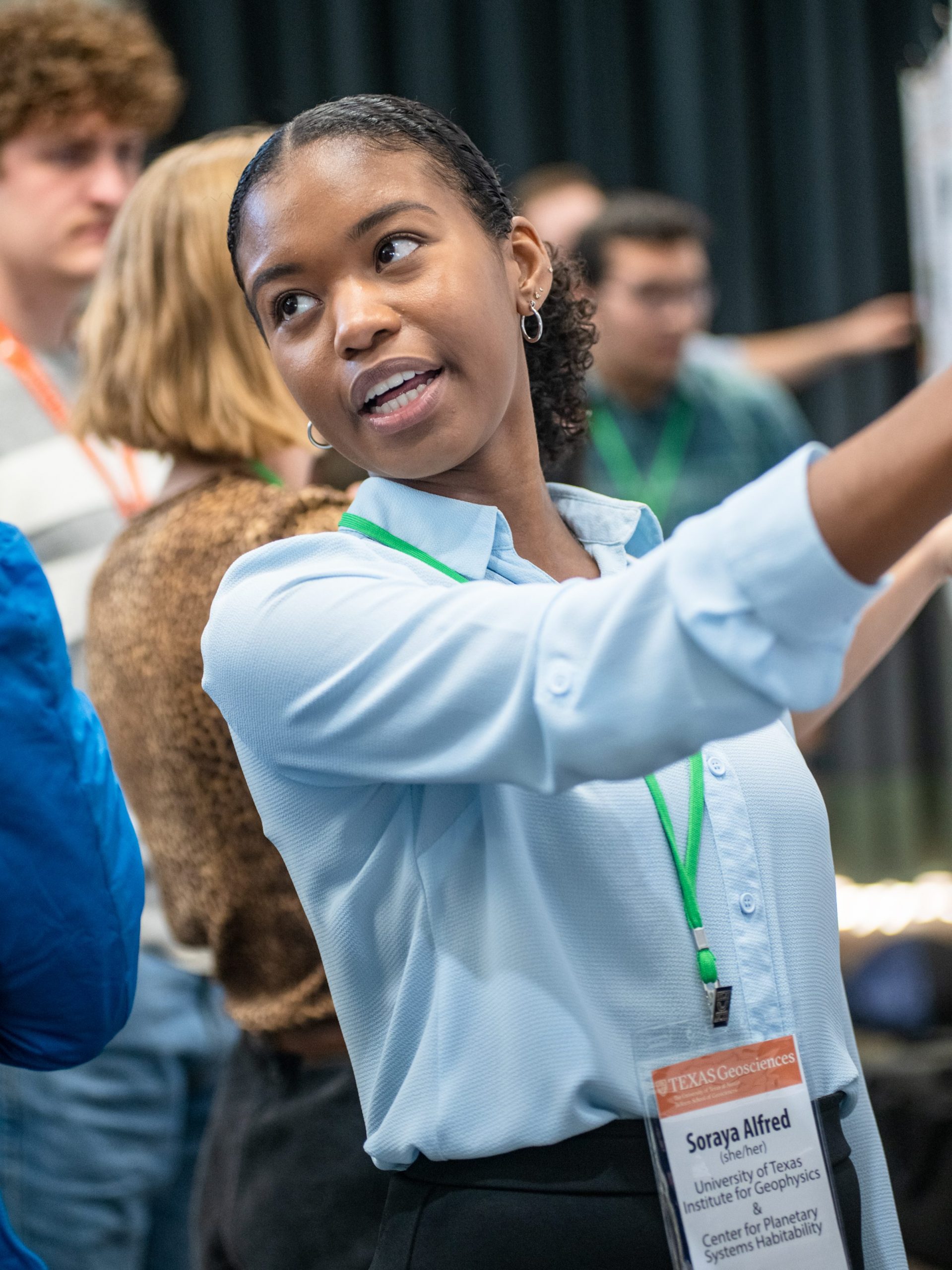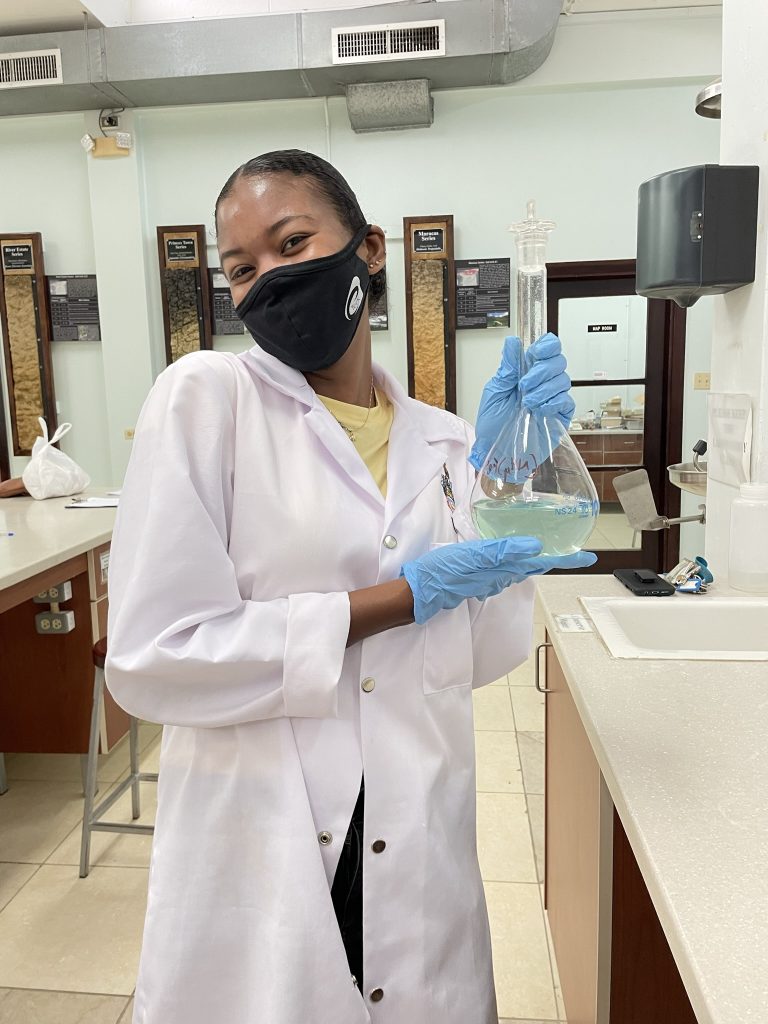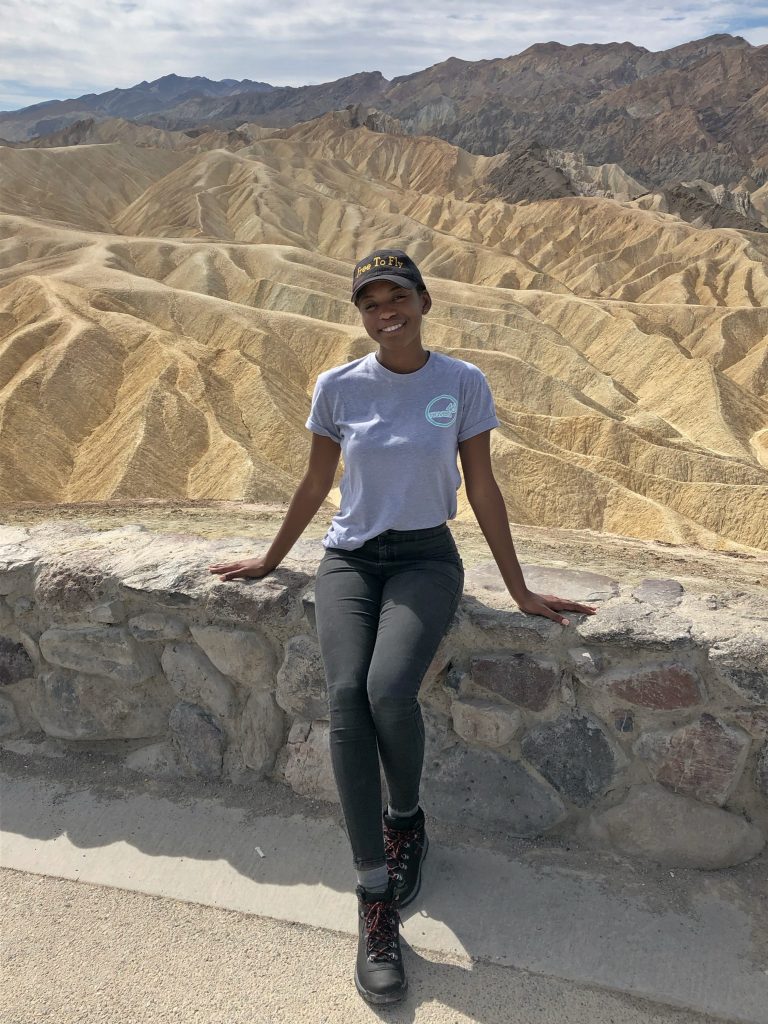Student Spotlight
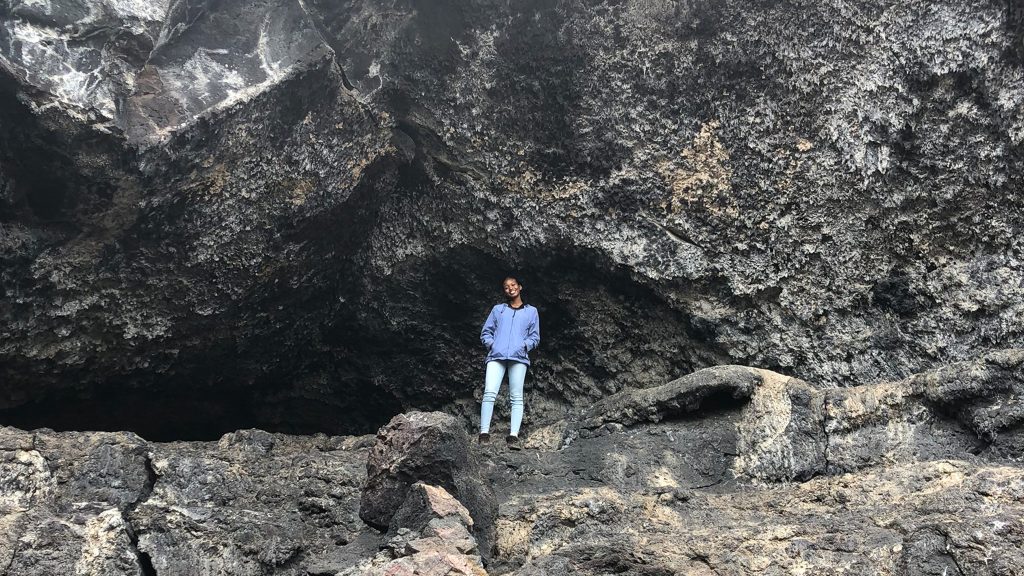
By Freja Cini
Graduate student Soraya Alfred studies hydrothermal fluid flow at impact craters to understand their role in life on Earth and on other planets.
How long did it take for life to bounce back after an asteroid impact wiped out the dinosaurs?
That’s what Soraya Alfred — a graduate research assistant at the University of Texas Institute for Geophysics — is looking to answer by studying hydrothermal systems created by the cataclysmic impact 66 million years ago.
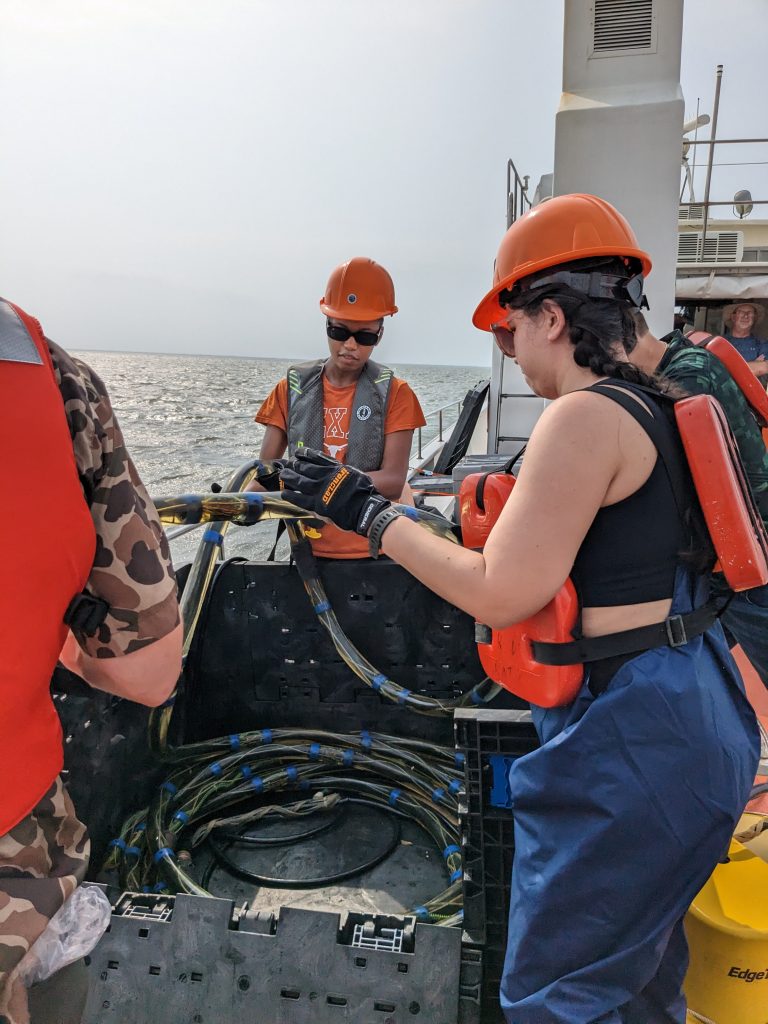
Known as the Chicxulub impact event, the asteroid struck Earth with such force that it triggered hydrothermal activity that may have endured beneath the crater for millions of years.
Scientists think that groundwater heated by the impact cycled through the crust and helped life rebound — once it cooled enough for microorganisms to thrive. The impact that changed the course of life on Earth could also offer clues for finding life on other planets, according to Alfred.
“The hydrothermal system can be used as an analog for craters on other planetary bodies,” she said. “Understanding the mechanisms behind the hydrothermal system can help us make inferences on how life can evolve in similar habitats on other planets.”
Samples drilled from the Chicxulub crater by an international research cruise led by UTIG in 2016, as well as seismic imaging, showed possible signs of hot water flowing through the crust for at least 10 million years after impact – much longer than some previous estimates.
To find out if a hydrothermal system could have endured at Chicxulub for millions of years, Alfred is developing computer models using data drawn from the crater rock samples.
For now, Alfred is still refining her models. But she hopes her methods will soon help pin down just how long hydrothermal activity could have continued at Chicxulub and whether it’s connected to the signs of water flow that’s etched in the crater rocks.
Alfred presented the ideas and models behind her Chicxulub research at the American Geophysical Union’s Fall Meeting, the world’s largest gathering of Earth scientists, and the 2023 annual Jackson School Student Research Symposium before that.
She said the Jackson School’s emphasis on community in both scientific and social settings, such as “Beverages on the Patio” gatherings, make the school a great place to study big questions in geosciences.
“I like how there is such a sense of community, and everyone having such a good time while talking about their research,” Alfred said. “To get through graduate school, you need a good work-life balance.”
To learn more about graduate research opportunities at the University of Texas Institute for Geophysics, visit Prospective Students.
